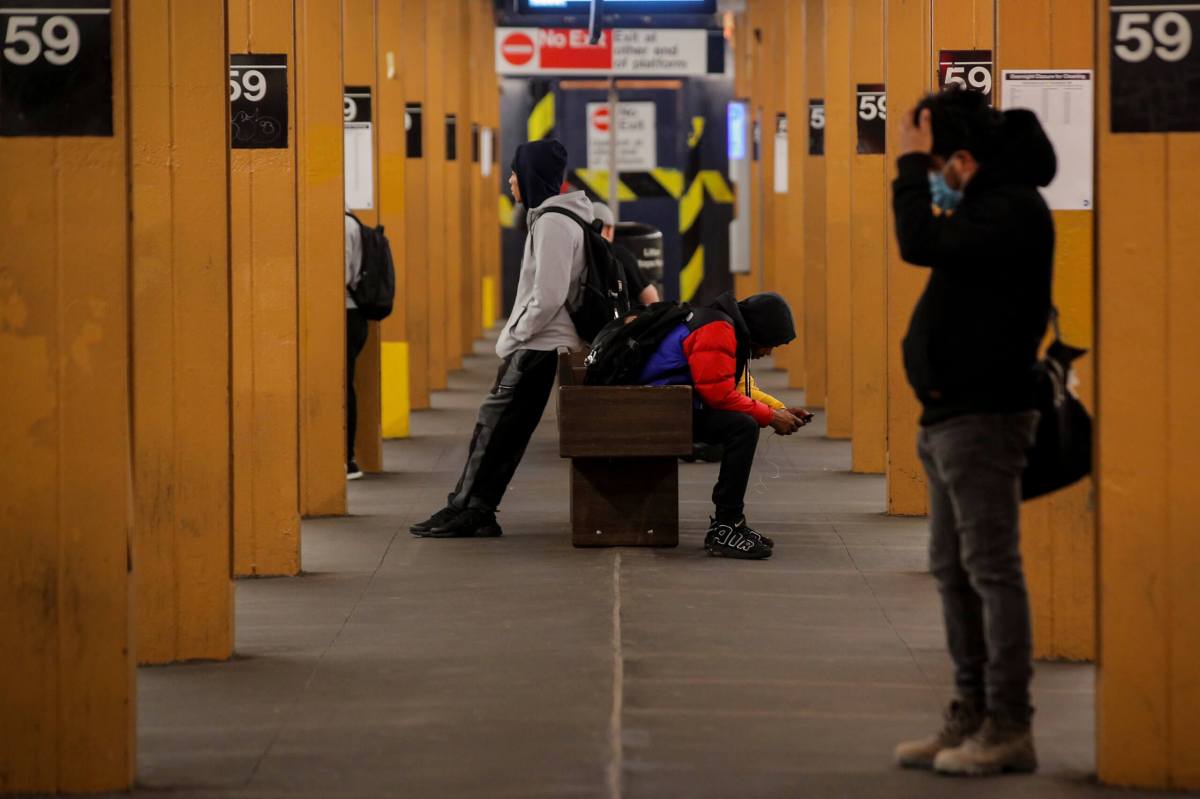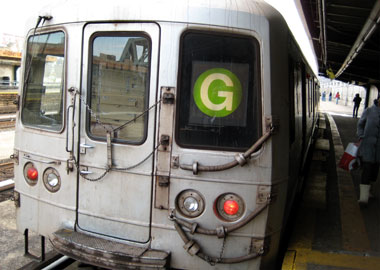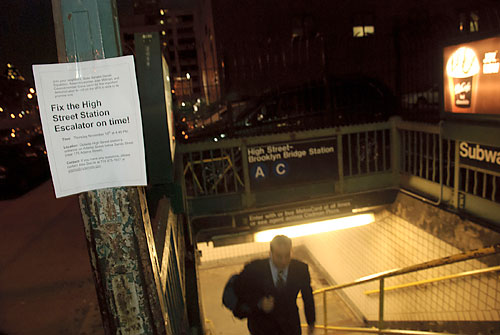In response to a series of violent attacks aboard the city’s subways — including a recent spree of deadly stabbings — a cadre of local elected officials are calling for a new approach to dealing with the mental health crisis.
“One thing is clear. Our current approach to handling suffering subway crime isn’t working. It is failing. We need to immediately rethink our outreach program, and that’s why today we are calling on a four point plan to address this crisis,” said Borough President and mayoral candidate Eric Adams.
Adams and Councilmember Ydanis Rodriguez, who serves as chair of the Transportation Committee, called for a series of improvements to the way authorities currently patrol the subway system, with a particular focus on proactive mental health outreach.
“We need to be ahead of the problem, and not responding to the problem. That should not take subway cars filled with blood,” said Adams.
Under Adams’ four-point plan, the city would expand mental health outreach aboard the subways by conducting routine inspections and engaging with those in need; ensure “greater coordination between transit patrols and street patrols” with a focus on redirecting mental ill persons to proper treatment; expand the role of 311 to allow straphanger to more easily report situations abroad trains; and “strengthen” Kendra’s Law to allow for more court-ordered assisted outpatient treatment.
“This is a public safety crisis and if we don’t get this under control immediately we are going to really stagnate in our desire to return our city to a level of normality,” the Beep said. “The subway system is the lifeblood of our city. So, individuals should not be losing their lives on that system, it sends the wrong message.”
In lieu of action from Mayor Bill de Blasio, Rodriguez, who represents Manhattan in the city’s legislature, vowed to take action in the Council to enact aspects of their proposed changes.
“This is a plan that makes sense. It doesn’t take much money. And this is about saving lives and sending the message to all New Yorkers and as more visitors keep coming to New York City, as we are controlling the COVID-19, that it is safe to use our subways,” Rodriguez said.
Earl Phillips from Transport Workers Union Local 100 and Rodriguez pressed the MTA to reopen 24 hour service — which he says would make crime fall, as it would allow straphangers to report suspicious activity.
“Let’s get more folks in the subway system and crime will go down,” Phillips said. “And we need another agency down here to take care of these people who have mental health issues.”
The calls from the politicos come on the heels of four stabbings of homeless people along the A line in Manhattan and Queens, which caused NYPD Commissioner Dermot Shea to order a surge of 500 additional officers to be deployed throughout the transit system.
Shortly after, police charged 21-year-old Rigoberto Lopez of Boerum Hill on a slew of charges, including murder and attempted murder.
Some advocates, however, lamented the added cost of the officers, and proposed using the expenditure expanding housing access for the city’s homeless population.
“The average NYPD officer makes $56k a year. Assuming no overtime (highly unlikely) this is going to cost $2.3 mil per month,” Carlyn Cowen wrote on Twitter. “The average cost of supportive housing is $1k a month, so we *could* house 2,340 people a month with this money instead.”
The average NYPD officer makes $56k a year. Assuming no overtime (highly unlikely) this is going to cost $2.3 mil per month.
The average cost of supportive housing is $1k a month, so we *could* house 2,340 people a month with this money instead.
HOUSING AND SERVICES NOT COPS https://t.co/IJe23sXGQl
— Carlyn Cowen (they/siya) (@carlyncowen) February 15, 2021
The discussion comes as many New Yorkers who previously resided in shelters have taken to the subway system during the COVID-19 pandemic, which hit shelters particularly hard.
While current data is uncertain, the latest numbers from 2019 showed that 2,178 people were sleeping inside the subway system each night.
This story first appeared on AMNY.com.























